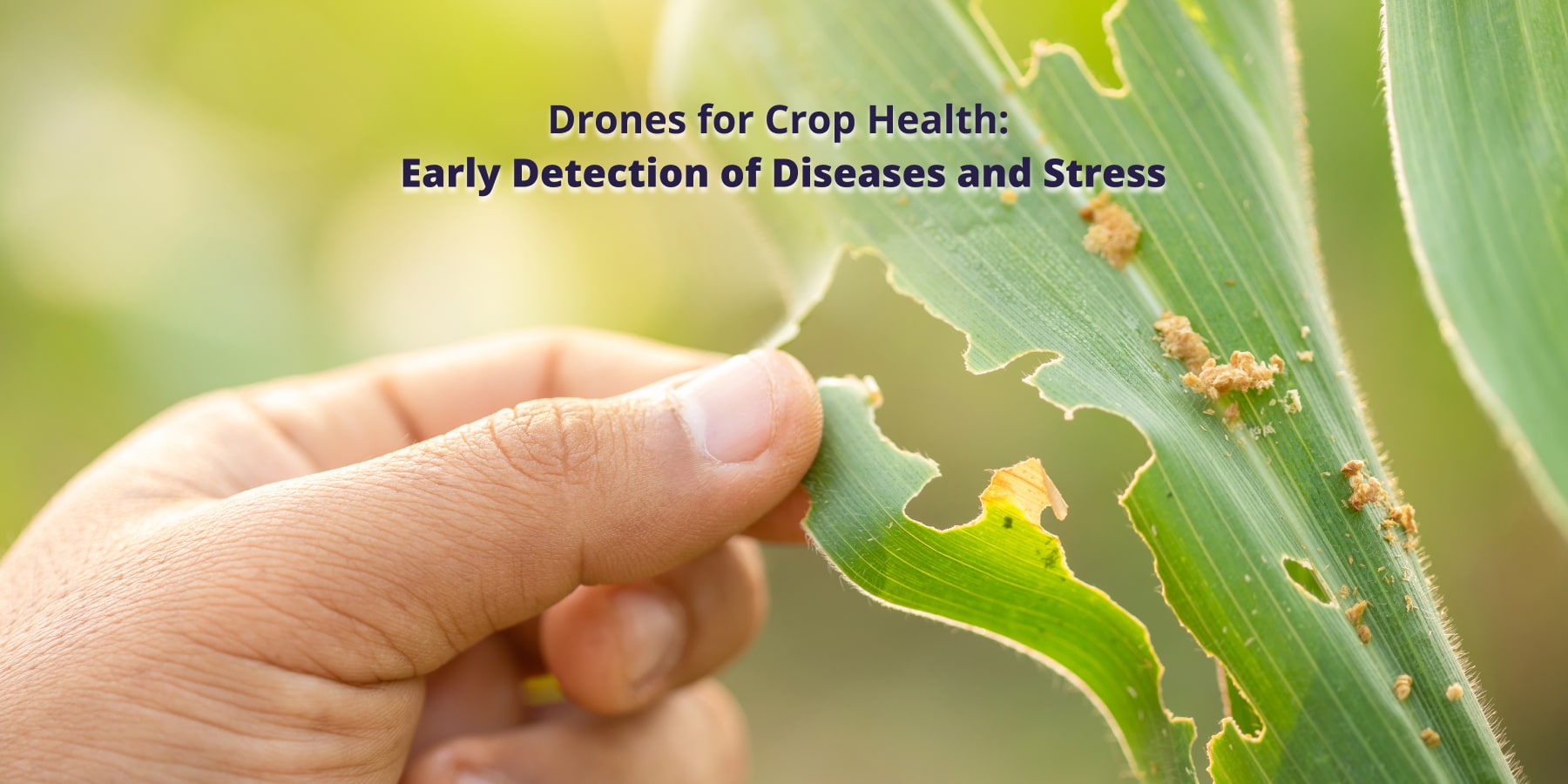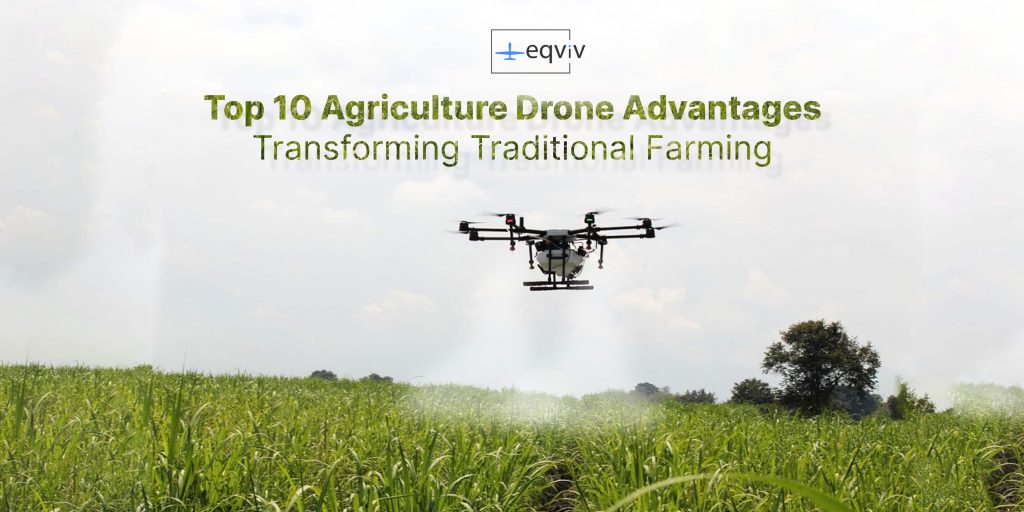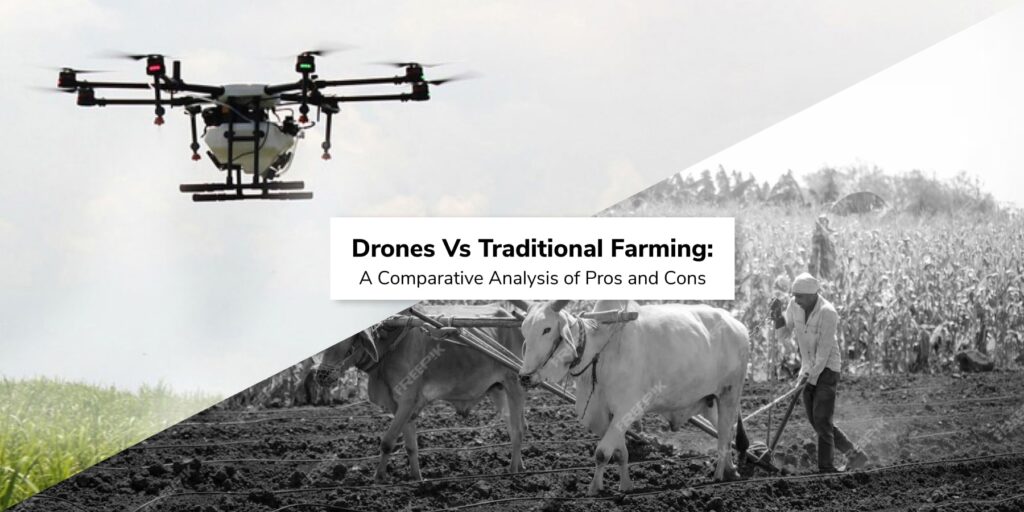
In the ever-evolving realm of agriculture, the integration of technology has become a game-changer, offering innovative solutions to age-old challenges. One such technological marvel making significant strides in modern farming is the use of drones for crop health management. This blog will delve into the crucial role played by drones in early detection of diseases and stress in crops, revolutionizing the way farmers safeguard their yields.
1. The Growing Challenge: Crop Diseases and Stress in Agriculture
Crop diseases and stressors pose constant threats to agricultural productivity. Whether it be fungal infections, nutrient deficiencies, or environmental stress, early detection is paramount for effective mitigation. Traditionally, farmers have relied on visual inspections, which are time-consuming and often result in delayed responses. Enter drones – airborne marvels equipped with advanced sensors and cameras that are transforming crop health management.
2. The Eyes in the Sky: How Drones Are Redefining Crop Monitoring
Drones offer a bird’s-eye view of the fields, providing farmers with a comprehensive and detailed perspective of their crops. Equipped with high-resolution cameras and multispectral sensors, drones can capture data beyond the visible spectrum, revealing insights into the health of plants that are imperceptible to the human eye. This capability enables early detection of potential issues before they escalate.
3. Multispectral Imaging: Unveiling Hidden Crop Secrets
One of the key features that make drones invaluable in crop health management is their ability to capture multispectral imagery. By analyzing different bands of light, drones can identify subtle variations in plant health, stress levels, and even detect the presence of diseases at their earliest stages. This data is then processed using advanced algorithms, providing farmers with actionable insights for targeted interventions.
4. Disease Detection: The Precision of Drones in Action
Drones equipped with thermal imaging and hyperspectral cameras can identify variations in crop temperature and chlorophyll levels – key indicators of diseases and stress. For instance, early signs of fungal infections often manifest as temperature variations or changes in chlorophyll fluorescence, which drones can detect with precision. This early warning system enables farmers to take proactive measures to prevent widespread infestations.
5. Precision Agriculture: Targeted Treatments for Optimal Results
Armed with the data collected by drones, farmers can adopt a precision agriculture approach. Instead of applying broad-spectrum treatments across entire fields, they can precisely target areas affected by diseases or stress. This not only minimizes the use of pesticides and fertilizers but also reduces costs and environmental impact, contributing to sustainable and eco-friendly farming practices.
6. Real-Time Monitoring: Timely Responses for Maximum Impact
One of the standout advantages of using drones for crop health is the ability to provide real-time data. Drones can survey vast areas quickly, allowing farmers to detect issues promptly and respond in a timely manner. This swift response is crucial in preventing the escalation of problems, ultimately preserving crop yields and minimizing economic losses.
7. Challenges and Opportunities: Integrating Drones into Farming Practices
While the benefits of using drones for crop health are evident, there are challenges to widespread adoption. These include initial costs, regulatory considerations, and the need for training. However, the long-term advantages, including increased yields, cost savings, and sustainable practices, make the integration of drones into farming practices a forward-looking investment.
8. The Future Landscape: Drones and Sustainable Agriculture
As technology continues to advance, the synergy between drones and agriculture holds the promise of transforming the industry. The early detection capabilities of drones not only enhance crop health but also contribute to the broader goal of sustainable agriculture. By minimizing the use of chemicals and optimizing resource allocation, drones are fostering a more environmentally conscious approach to farming.
Conclusion: Soaring Towards Sustainable Crop Management
In conclusion, drones for crop health are ushering in a new era of precision and efficiency in agriculture. The ability to detect diseases and stressors at their inception empowers farmers to make informed decisions, ultimately ensuring healthier crops and higher yields. As drones become more accessible and the technology continues to mature, we can expect an even greater impact on the future of farming, where early detection becomes synonymous with sustainable and thriving agriculture.


